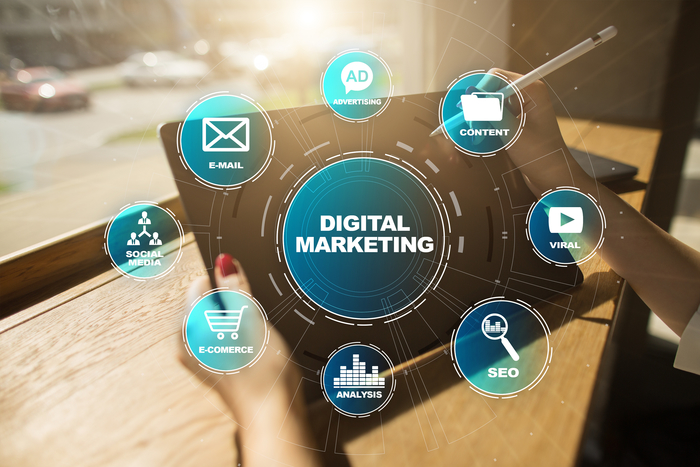Every industry as it grows and expands makes up new words and creates jargon. It is simply inevitable that new products and frontiers equate to new words. One of the spaces that is developing and changing almost quicker than any other is the realm of digital where the rate of change and development is exponential. What this has meant is that new words, or more specifically new acronyms have been created almost on a daily basis. So, keeping up with what means what can be very hard. Even the most experienced digital experts are hearing new acronyms on a daily basis. If you are struggling to keep up, here are a few crib notes to help keep you in the game.

A veritable C of love
The staple acronym of digital advertising in the revenue C suite. In this instance, the ‘C’ stands for cost and there are various models that you might encounter. CPA, CPC, CPM, CPL… the list goes on. In short, this is the model by which digital advertisers are charged. It can be cost per acquisition, cost per click, cost per thousand or cost per lead. And there are others. Cost per view, cost per interaction… In some instances, the ‘C’ for the cost is replaced by a ‘P’ for pay. You may well have heard conversations between salespeople where they say things like, “A pay per click Adelaide campaign has been performing very well; much better than the CPM campaign we ran last week…” Hopefully, by now you will know what they are about!
Buying and selling
In the old days, the process of buying and selling advertising was a very manual process. A salesperson would visit a media buyer, who in turn worked for an agency, who in turn had been hired by a brand. They would agree on a fee for a set number of ad impressions on a specific platform, sign an IO (that’s an insertion order), and the delivery on the campaign. Now, this is all done through a largely automated process called RTB (real-time bidding). The technical process is managed through two platforms one is an SSP (supply-side platform) and the other is a DSP (demand-side platform). In short, buyers load their inventory on the one side, publishers on the other. Each party sets floor and ceiling prices and the system then finds the best match. It is a bit like Tinder for advertising.
Is this a Google thing?
Google are not the only players in the advertising game, but they are certainly the biggest. Google has a range of products designed to suit the needs of different partners. In the advertising space, the product former known as DBM (DoubleClick bid manager) is now known as DV360 (Display and video 360). This platform is a DSP. If all this is sounding too complicated then maybe you need to consult with a GCPP or Google Certified Publisher Partner. This is like working with Google only it will be a locally based and independent partner who has done all the Google training.
